News
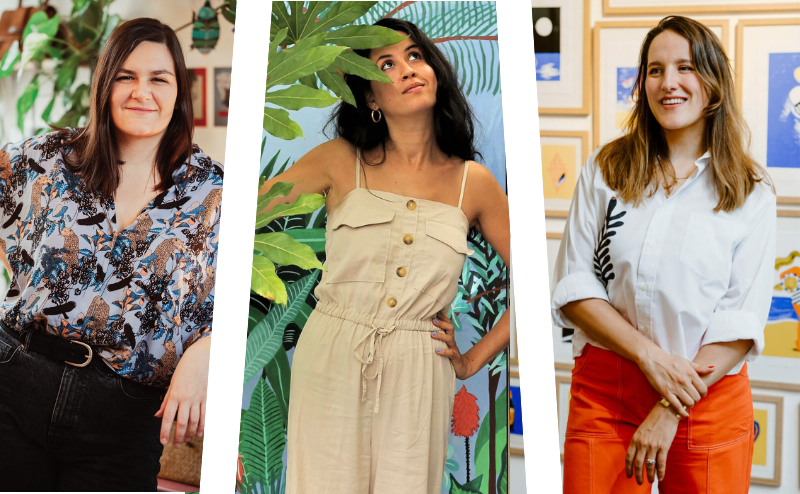
How do you develop your business as a freelancer in the creative professions?
Which status is most advantageous? How do I set my prices? How do I find and canvass customers? How do I build a network? These are just some of the questions you might ask yourself if you want to start a freelance business, or if you've already been self-employed for several years.
Our three guests, Ariane Butto, self-employed illustrator, Alice Des, freelance artist and former illustrator's agent, and Manon Taillefer, consultant, artistic director and coach to freelance entrepreneurs (and GOBELINS alumnus), took a look at all the issues that can arise when working as a freelance creative.
They shared their experiences and advice atthe round table dedicated to creative freelancing, organized on Thursday September 28 by the GOBELINS Alumni network and Mariettes .The event was moderated by Caroline, co-founder of Les Mariettes.
Our three guests:
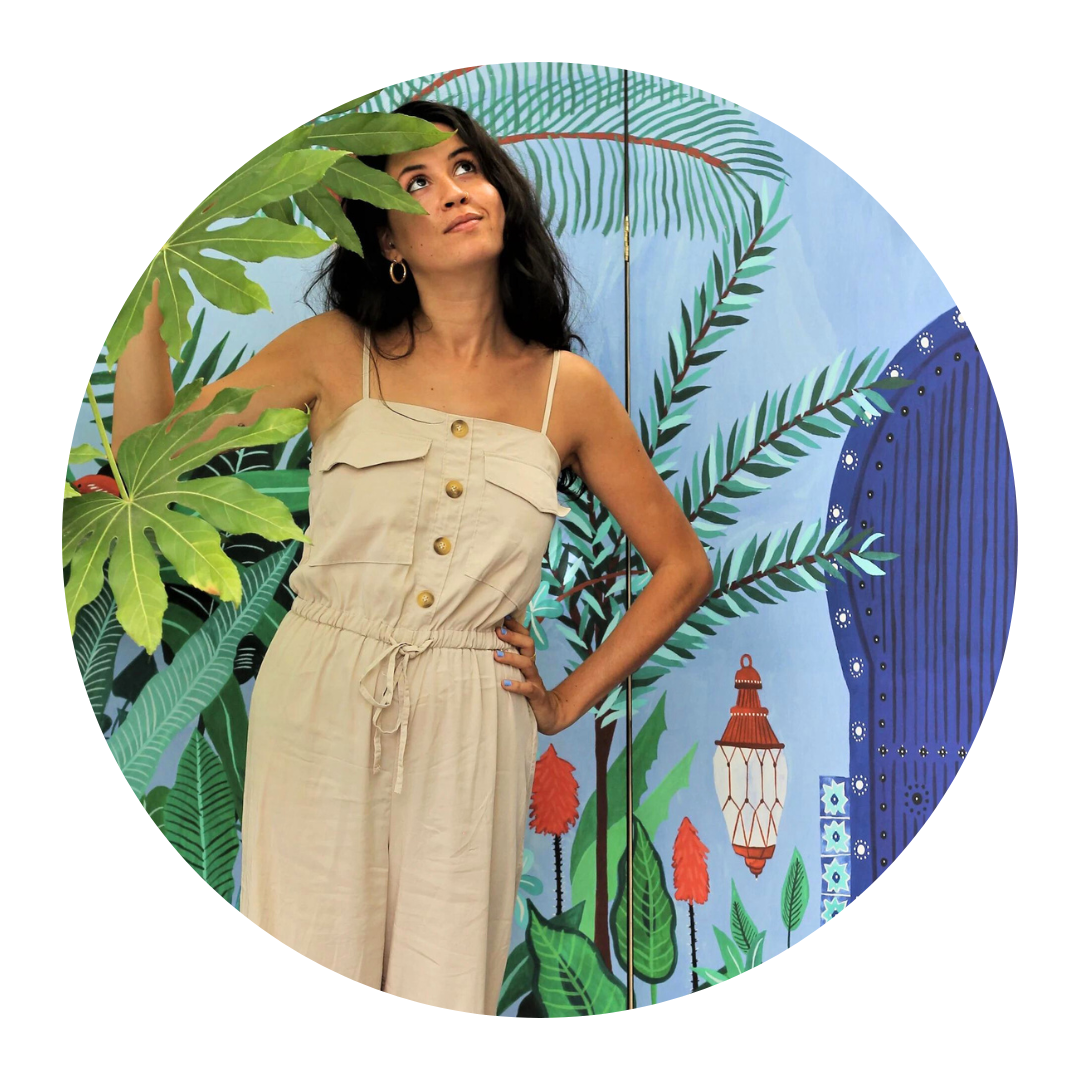
©Aude Malbat Christin
Ariane Butto has beenan illustrator since January 2018. After training in graphic design and textile design, she now works with a number of brands, and is developing her own boutique in parallel, featuring handcrafted creations in particular.
Alice Desisa freelance artist and illustrator. She began her career in communications and then became an illustrator's agent.
In 2019, she decided to launch herself as an illustrator. Since then, she has collaborated with brands and the press. She also presents more personal work (gouache and ceramics) at slow galerie in Paris.

FloraFourcade
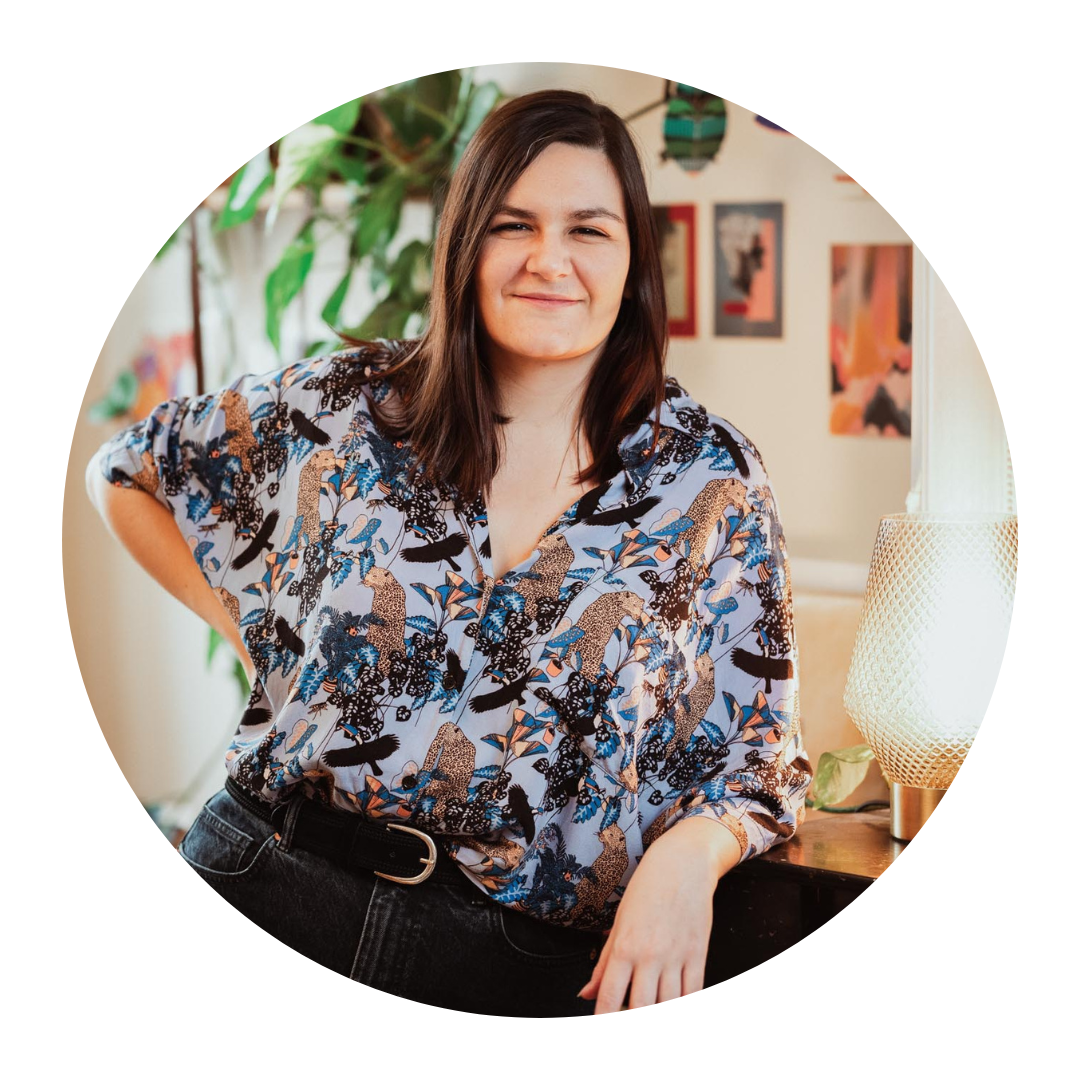
©ClaireJaillard
Manon Taillefercompleted GOBELINS' Graphic Motion Designer course in 2016. She now teaches freelancing courses at the school.
She began her career as an art director in start-ups before setting up her own business.
She now supports freelance artists as a coach and consultant.
Should you specialize to attract more customers?
Should you specialize to attract more customers?
While Ariane has a very particular, colorful and lush universe that her customers call on her for, sherecommends diversifying her skills and services, offering paper illustrations as well as digital illustrations and fabric prints , for example.
"In commercial illustration it's pretty important to stand out, to have a 'signature' that customers come to us for".
Alice Des
For Alice, these are two very different strategies: some "Swiss Army knife" profiles will be commissioned by agencies because they can handle all kinds of assignments (sketching for tenders, finalizing illustrations, art direction...) while others will choose to specialize in one area.
On the other hand, diversifying your sources of income can be interesting for all freelancers (online store, patreon, courses...).
For Manon, the illustration and graphic design market is highly competitive, and with tools like Canva increasingly democratizing access to graphic design , it's essential to stand out from the crowd by positioning yourself as an expert .
How do you find your first customers and win their loyalty?
How do you find your first customers and win their loyalty?
"The first thing to do is to make your work accessible online (portfolio, Behance, social networks...).It's the first channel through which you'll find customers".
Alice Des
Alice works with an agent, but sometimes approaches clients herself. For press illustration, she recommends consulting the index of magazines with which you wish to collaborate to find the name of the art director, then contacting them directly by e-mail.
The same method can be applied to LinkedIn for brands. She also recommends attaching a few illustrations and mock-ups to your e-mail to put your work into context.
For Ariane, you need to find the right approach when approaching and personalize your e-mail while remaining concise. She also recommends enclosing a selection of her work, making sure to include her name, email and Instagram account directly on the boards, so that she can be contacted easily.
"The best prospecting strategy is the one that suits you best".
Manon Taillefer
Manon recommends finding a strategy that's easy to implement.It's nouse canvassing at trade shows if you're very shy, for example; it's better to give priority to one-to-one contacts.
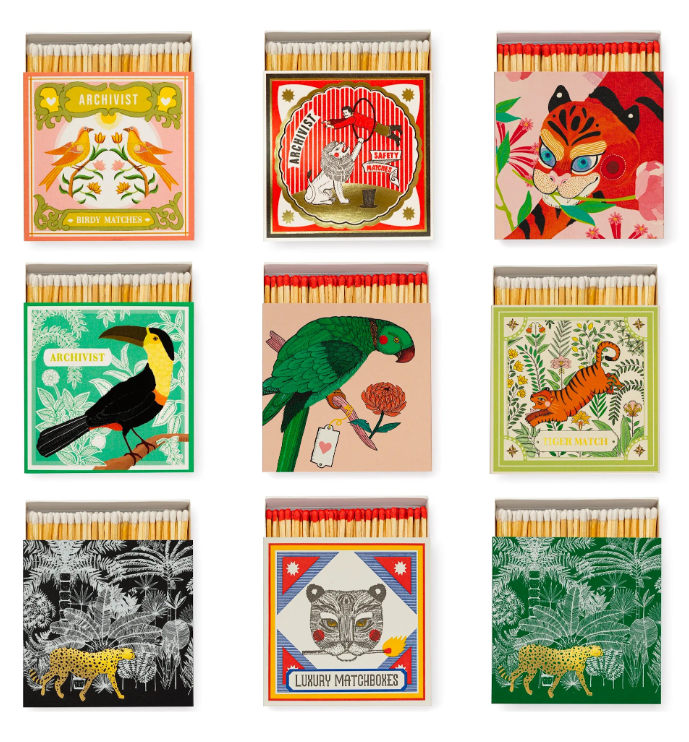
©Ariane Butto - Illustrations for greeting cards Archivist Gallery
Is it essential to work with an agent?
Is it essential to work with an agent?
"Agents have fairly precise, codified roles; your agent needs to be aligned with your project.It's better to be alone than badly accompanied."
Alice Des
For Alice, the usefulness of an agent will depend on the professional project. It's not essential to have an agent to work in press illustration, for example. Contacts are easy to find, and magazines work on a grid basis, so there's no need to issue quotes.
On the other hand, to work inpublishing orcommercial illustration, it may be worthwhile to call on the services of a literary agent (in the former case) or an illustration agent (in the latter).
The agent will be able to provide vision and administrative support (quotes, payment reminders, etc.), but will represent up to 25 or 30 artists at the same time. His role as canvasser will never be as impactful as that of the artist himself.
Alice also points out that agents' commissions are around 30% of each contract. That's quite a substantial sum, which you need to take into account before signing.
How do you set your prices?
Manon uses three methods to set her rates:
-
Determine whether your profile is "junior, medium or senior" and then align yourself with market prices
-
Calculate how much you need to live and work from your bank statements.
-
Invoice by value, assessing the value generated by your work for the customer. This is the most lucrative option, but can only be applied to more experienced profiles.
She also recommends offering a strategic approach as a complement to creative work. In fact,attaching consulting services to creative services is a good way to increase your rates.
Ariane and Alice both recommendtalking to more experienced illustrators, to assess the market value. They also recommend not accepting a budget that's too low, and not hesitating to remind customers of all the charges and costs that are hidden behind a service (social charges, materials, paint, software, work time...).
"When brands already have an envelope, don't hesitate to negotiate upwards. It's a virtuous circle: you're going to make negotiations easier for the designers who come after you. You also make it easier for those who come after you".
Alice Des
Alice also reminds us that the more visible an illustration is, the more it costs. Many customers think they can "pay for visibility", but visibility has to be paid for, and it's expensive !

©Manon Taillefer - Freelancing training mock-up
What should I do if my payment is late or not made at all?
"Rule n°1 is to wait for the deposit before starting work. Never start work without a guarantee".
Ariane Butto
For Ariane, quotations must be clearly defined, specifying the conditions of use of the work. For each illustration, a duration and territory of use must be defined. This is the first step in protecting yourself in the event of a dispute.
Alice reminds us to specify the number of round trips in our quotations, especially when working on a small budget .
She also points out that theagent can play a role in the event of unpaid bills. He'll make sure his artists get paid. Generally, accounting is separate, and artists bill their agents, which ensures that they are always paid on time.
She also recommends contacting artists who have already worked with her new clients , to get their feedback and avoid unpleasant surprises.
"It's better to have a bad deal than a good trial. That's a fundamental rule.
Manon Taillefer
Manon also points out that there is a simplified debt collection procedure for quotes under 5,000 euros .
With experience, she has set upa direct debit payment system , so that she no longer needs to chase up customers or risk a dispute. As the majority of unpaid invoices are due to poor cash flow management, particularly in the case of small businesses, offering automatic payment in instalments can be an advantageous solution.
How do you build a solid network?
How do you build a solid network?
"Every quarter I post a message on LinkedIn offering to have a coffee. I get replies every time, and that's how I build my network."
Manon Taillefer
For Manon, freelance apéros such as motion café or motion beer are also a good way of networking.
As for Alice, she has chosen to join a shared studio so she can work alongside other artists with whom she can exchange ideas and share her problems with URSSAF or VAT, or her artistic hang-ups.
For Ariane and Alice, Instagram and events such as vernissages and markets are also good opportunities to expand their network and meet other creators.
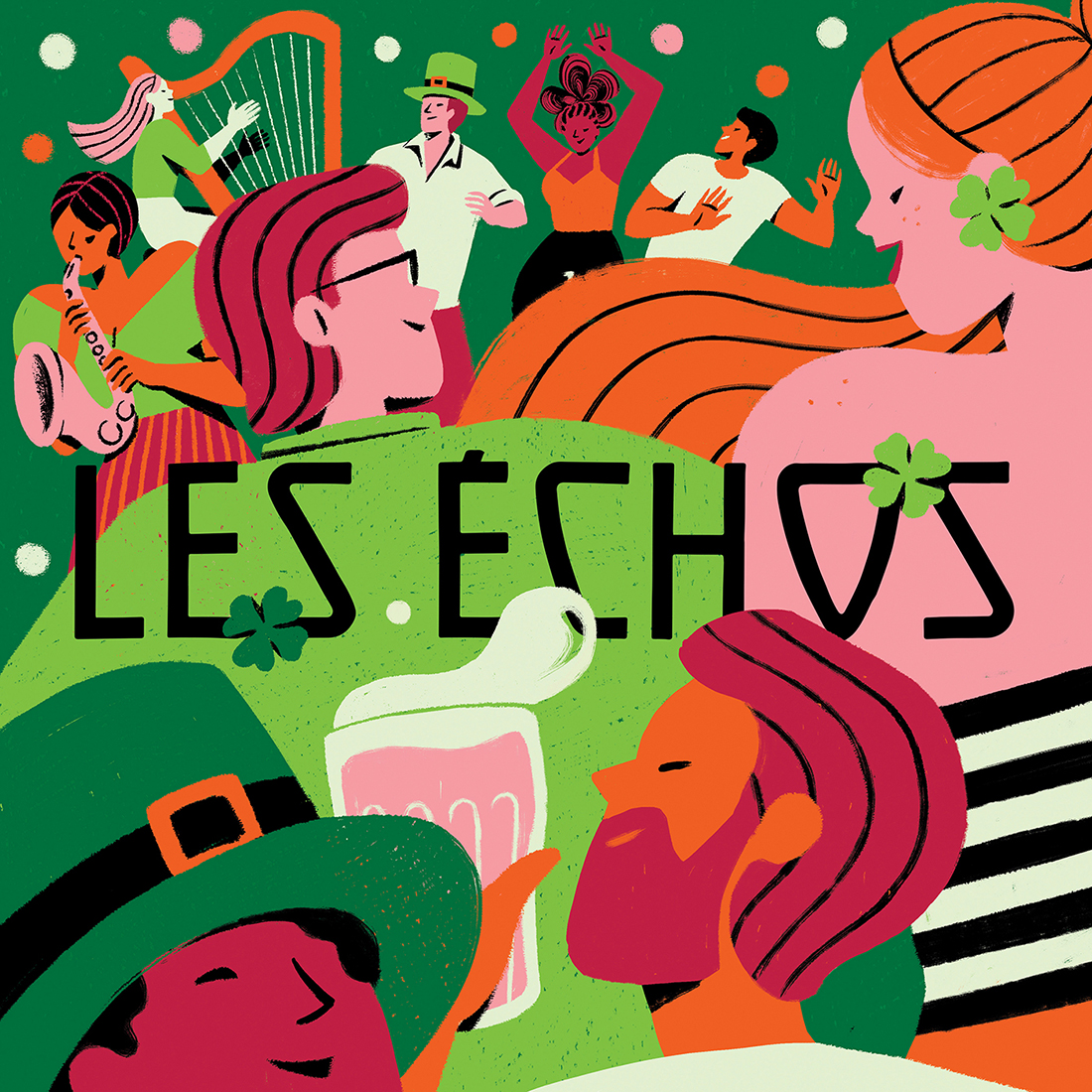
Alice Des - Press illustration for "Les Echos" for Saint Patrick 's Day
What are the main mistakes to avoid?
What are the main mistakes to avoid?
As far as Alice is concerned, you shouldn't expect an immediate response when you canvass. The companies canvassed won't necessarily have a need at the time they receive the e-mail, but they can keep the work they like and contact the artists again when an opportunity arises. Don't be discouraged: canvassing is always beneficial, whatever happens.
"I started out with no network, no treasury, no positioning. I had the bad habit of saying that I did a little bit of everything for everyone, which is like saying that you don't do a little bit of anything for anyone.
Manon Taillefer
For Manon, to be memorable, you need to be precise and simple. She also recommends avoiding turning down projects in order to concentrate on one big one without any certainty that it will come to fruition.
Ariane, for her part, recommends targeting her work and her approach to companies. Don't hesitate to find out about the brand and why you like it.
What's the most attractive status?
According to Manon, the intermittent status is the most interesting, but it requires you to have a job in the entertainment and audiovisual industries. The status of artist-author comes in 2nd place, one of the statuses most favored by the State. The status ofautoentrepreneur comes 3rd.
She points out that each status is highly codified, and that you can't sell copyright under the auto-entrepreneur status. Generally speaking, artists automatically start their business as microentrepreneurs (or micro BNC). This tax status is quite advantageous, as it means you don't have to charge VAT.
Be careful not to combine freelance and intermittent work for the same activity, or you risk being struck off by Pôle emploi and having to repay all your benefits.
On the other hand, it is perfectly possible to have intermittent status for one activity and freelance status for another if they are in two completely different sectors (animation and jewelry design, for example).

Manon Taillefer
What are the first steps to take if you want to launch a freelance business?
Manon reminds us that it's not necessary to create your status before signing your first quotation. Contributions start as soon as the status is created, so it's better to wait until the last moment. In addition, you don 't need a Siret number to sign an estimate.
She also reminds you to read your general terms and conditions of sale carefully before signing your first quotation.
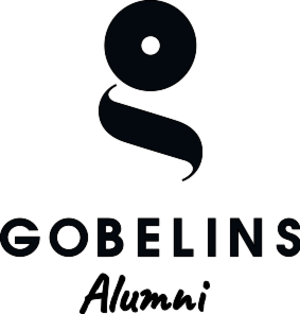









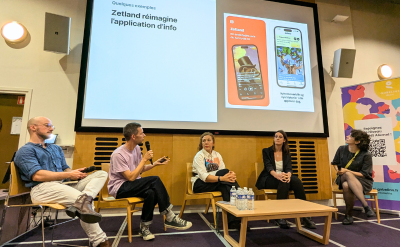
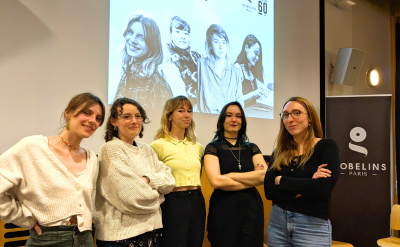

No comment
Log in to post comment. Log in.